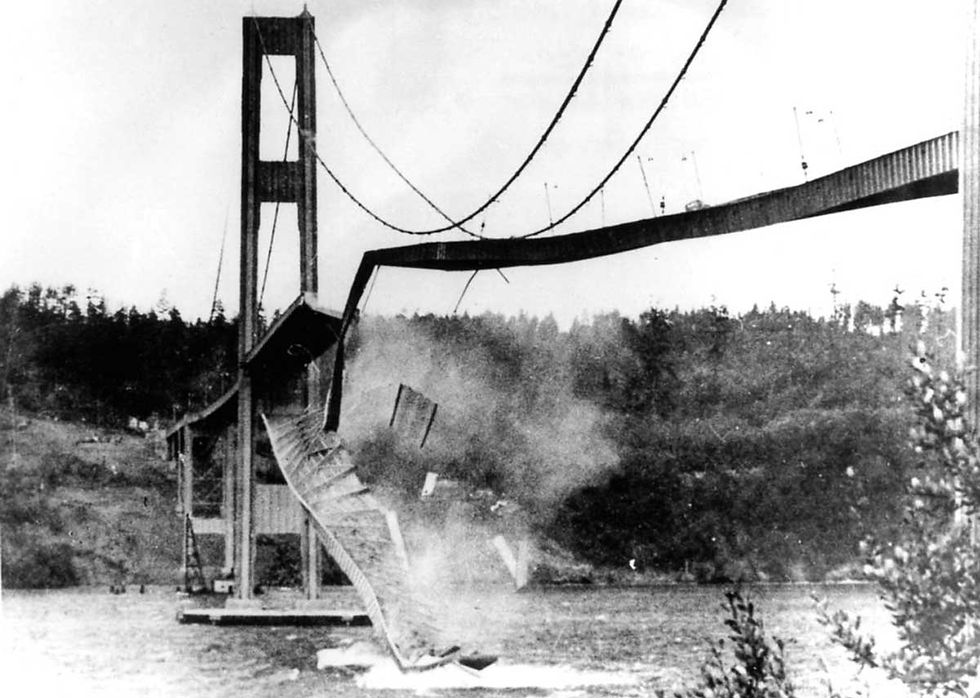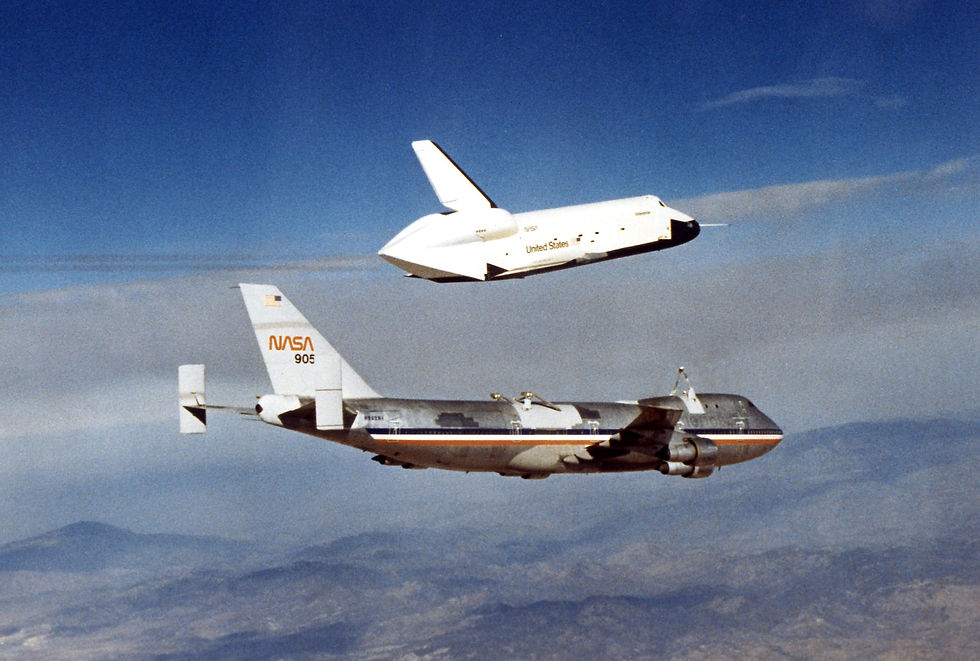The Aviation world has been all aflutter about Boeing completing a critical part of the 787 Dreamliner testing programs — the all-important flutter tests. They went off without a hitch and the Dreamliner is cleared to fly throughout its normal performance range, which includes speeds up to Mach 0.85 and altitudes just over 40,000 feet. During flight testing the airplane achieved speeds of Mach 0.97 and altitudes of more than 43,000 feet.

787 Dreamliner
Flutter phenomena are seen when vibrations occurring in an aircraft match the natural frequency of the structure. If they aren’t properly damped, the oscillations can increase in amplitude, leading to structural damage or even failure. A similar problem occurs in bridges and brought down the Tacoma Narrows Bridge in 1940.

In the video below, astronaut Fred Haise is piloting a Piper PA-30 Twin Commanche during flutter tests NASA conducted with general aviation aircraft in the late 1960s. Once the vibrations are introduced into the tail of the aircraft, in this case a stabiliser, the flutter increases dramatically causing tremendous oscillations in the horizontal surface making the stabiliser flex as if made of rubber.
According to NASA, Haise said of the experience, “I’m fearless, but that scares me.”
That kind of motion is extreme, but flutter phenomena have caused several crashes during the history of aviation. One of the most dramatic was break up of a Lockheed F-117 Nighthawk after a loose elevator led to flutter strong enough to cause a structural failure.
Over the years, engineers have used several techniques to “excite” a flight surface. The purpose is to purposely create oscillations in parts of the wing or tail and then confirm that they damp out quickly and do not lead to flutter. Small thrusters at the end of each wing have been used to introduce a pulse, as have aerodynamic vanes that lead to oscillations. Rotating or vibrating weights inside the wings or tail also have been used. But the most common ways to introduce the oscillations is to simply manipulate the flight controls.
A pulse test is perhaps the simplest form of flutter testing and simply consists of a pilot abruptly moving the controls — a deliberate smack forward of the yoke, for example. Engineers on the ground observe how the abrupt motion introduced to the flight surface is damped over time. Once the oscillations disappear in a time the engineers have calculated to be safe enough not to cause any issues, the team moves on to the next test.
During a sweep test, a wide range of oscillations are introduced to a flight-control surface such as the ailerons, rudder or elevator. In modern fly-by-wire aircraft, this sweep across a range of frequencies is done with a device called a function generator. It works in tandem with the computer controlling the fly-by-wire system to introduce frequencies that increase over time. A typical range of frequencies in flight testing may be from 5 to 60 Hertz. Pilots control the device from the cockpit, and engineers monitor both the introduction of oscillations and the damping to ensure a safe result.
Flutter testing has led to changes in several aircraft over the years. During flutter testing of the Boeing 747 in the late 1960s, damping in the wing was not satisfactory in some circumstances, especially with certain fuel loadings. Design changes were made to stiffen the wing structure and no flutter was reported once the fix was made.

So the next time you have a window seat and you’re watching the wing move up and down, you can rest assured — thanks to flutter testing — those movements are totally normal and you won’t have to deal with the same excitement Fred Haise encountered during his test in 1966.
Following the test when the video was shot, Haise went on to become the lunar-module pilot on the ill-fated Apollo 13 mission and was the pilot during the first glide flight of the Space Shuttle. Haise and fellow astronauts conducted several flutter tests of the Enterprise during the space shuttle’s development in the 1970s.

























